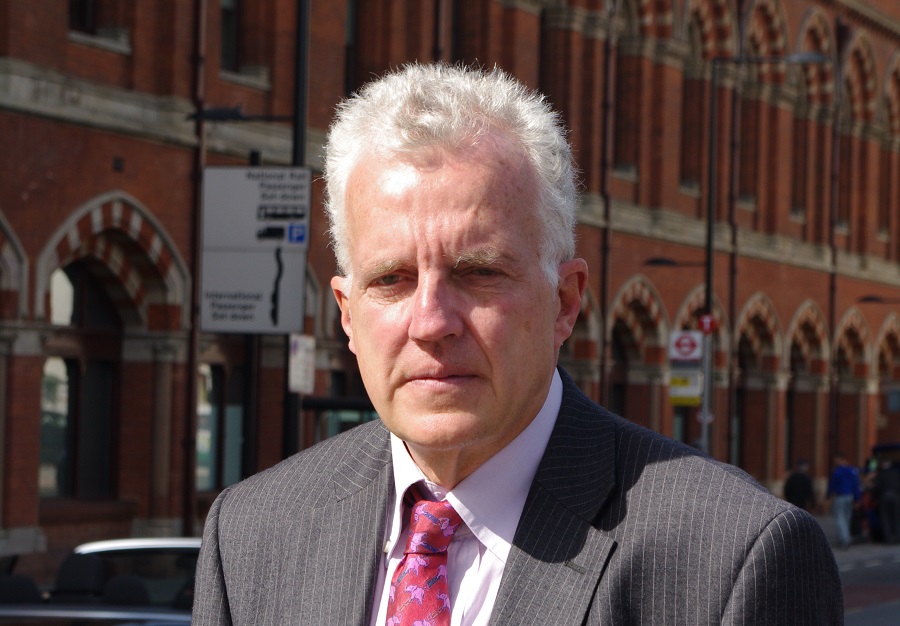The London congestion charge has attracted more opposition than any political measure since the poll tax. Despite its undoubted success in its primary aim of reducing traffic levels and consequently making London a better place in which to live, the sniping has continued virtually unabated.
The line of attack has had to change. Initially, opponents warned of gridlock and chaos in the areas surrounding the congestion charge zone. The charge was seen as undermining the fundamental right to travel, a threat to civil liberties on a par with Brussels bureaucracy. But the protests quickly melted away, leaving the hapless Steve Norris, the Tory mayoral candidate, looking absurd with his promise to abolish the scheme on his first day in office.The proposed legal case was quietly dropped and the Sod-u-Ken website is a now a sad abandoned corner of hyperspace, its home page advertising a protest by cab drivers held a month ago.
The thrust of the opposition, a refrain repeated up almost daily by the Tory members of the Greater London Assembly, now focuses almost exclusively on the economic argument. Talk to any small shopkeeper just inside the zone, they say, and the charge against the charge will be just the same as on day one – ‘it has wrecked my business’.
According to the London Chamber of Commerce, around three quarters of their members have experienced a downturn in their business over the past year and half of these blame, at least in part, the congestion charge.
But they are wrong. Transport for London has commissioned research to assess the impact on local businesses and its preliminary findings do, indeed, confirm that central London has been suffering a worse decline in business than outlying areas. However, this loss started before the introduction of the congestion charge on 17 February, being affected by the downfall in tourists caused by the build up to the Iraq war and, crucially, the closure of the Central Line for nearly three months after the Chancery Lane accident on 25 January.
Moreover, the proportion of shoppers likely to go to central London by car is very small. TfL’s research suggests that a mere 1,000 – 2,000 car journeys carrying a maximum of 3000 potential shoppers, are being from coming into the zone every day by the charge representing a completely insignificant number in relation to the overall ‘footfall’ in central London’s shops. And intuitively that makes sense. The notion that people who drop into Harvey Nicks by car would be deterred by the prospect of paying a fiver is ludicrous. The rest of us use public transport.
None of this will stop the shopkeepers whinging. During the recent hot weather spell, their representatives trooped into the TV studios to say the heatwave was devastating their business. But when the figures emerged, it was cllear the opposite was true – business had boomed in the sweltering temperatures.
There is still a big hearts and minds battle to be won over the congestion charge scheme. A recent poll suggests that a small majority do not favour an extension of the zone further westward, though local residents of Westminster and Kensington & Chelsea were supportive, possibly because they realise they will get a 90 per cent discount, paying just 50p per day instead of £5. Nevertheless, pace Norris, given the feebleness of the economic arguments against it, the charge is here to stay. It is doubtful, however, that any other British cities will be able to copy it given that they do not have such a strong mayor able to push a similar scheme through, nor such a good public transport system easily able to take on the extra burden of motorists deterred by the charge.
